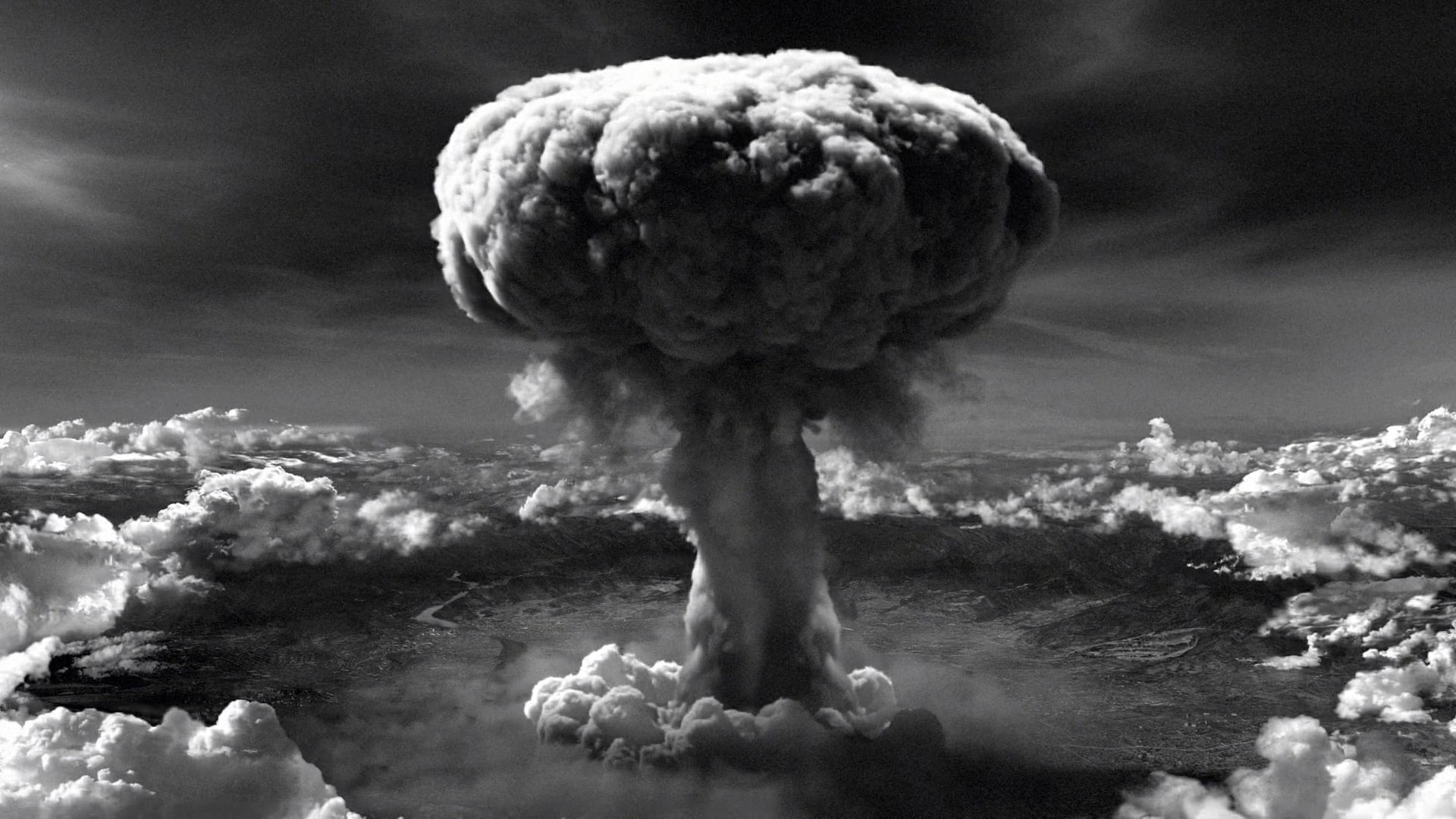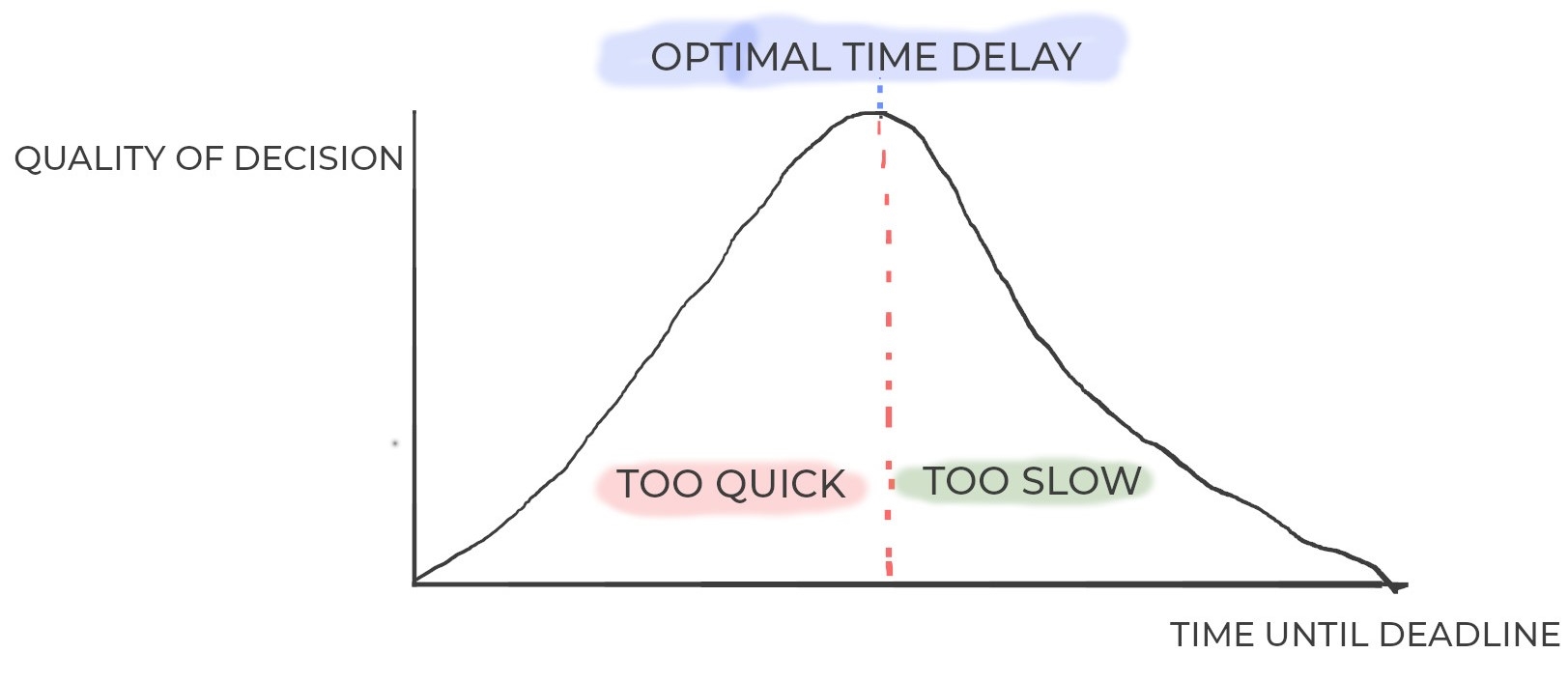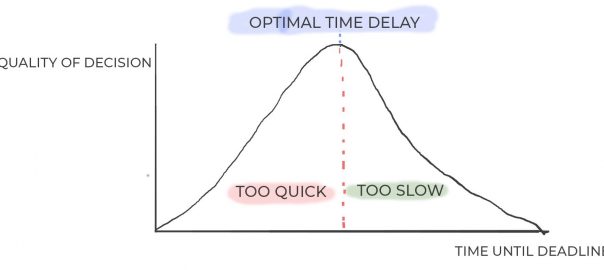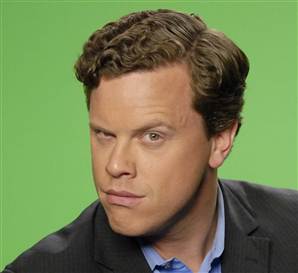Shortly after midnight on September 26, 1983, the world nearly came to an end.
A few hours earlier, Stanislav Petrov—a lieutenant colonel in the Soviet Air Defense Forces—began his shift as the duty officer at Serpukhov-15, a secret command center near Moscow where the Soviet military monitored early-warning satellites over the United States.
Petrov’s job was simple: Monitor the satellites and notify his superiors of any nuclear missile attacks against the Soviet Union.
There was no cause for alarm, up until midnight.
And then suddenly, the red sirens surrounding the command center began to scream and the word “Launch” flashed up in big red letters across the white walls above the computers.
The computers flashed images of one nuclear missile attack from the United States, with the highest possible probability.
Considering the soviet warning computer had to go through 30 levels of security checks before confirming an actual missile launch, there was little doubt that the nuclear attack was legit. 1 Strange Rituals (TV Series documentary), History Channel.
Fear and panic filled the command center. And with only 20 minutes to react before impact, Petrov had to make a quick decision.
3 weeks prior, the Soviets shut down a commercial airplane flown across Soviet airspace from New York, killing all 269 passengers.
Since then, tensions hit their highest point since the beginning of the Cold War, and the Soviets obsessed over fears of an attack from the U.S.
The incidence at the command center appeared to be the confirmation of their fears.
All it took was one phone call reporting the attack to Petrov’s superiors, and the Soviet leader, Yuri Andropov, would’ve most likely pulled the trigger on a nuclear missile counterstrike on the U.S.
As Petrov later said: “I had all the data [to suggest there was an ongoing missile attack]. If I had sent my report up the chain of command, nobody would have said a word against it,” he said. 2 2013 BBC interview.
As the sirens screamed louder and louder, Petrov instructed his subordinates to run more tests to check whether the missile attack was real—he decided to wait until all procedures were complete.
But within a few minutes, another alarm went off and the overhead displays flashed in red with a rocket attack sign.
This time the computer system showed five nuclear missiles in quick succession headed towards the Soviet Union.
The tension in the command center was so thick that you could cut it with a knife. As Petrov noted: “The moment the third alarm went off, I started feeling like I was sitting in a hot frying pan. I broke out into a sweat. I couldn’t feel my feet.” 3 Soviet War Scare 1983 (2007).
Over 200 of Petrov’s subordinates fixed their eyes on him to hear the final decision.
But Petrov didn’t react. Instead, he chose to delay his decision and gather more information.
With only a few minutes left before impact, Petrov finally picked up the phone and called his superiors to inform them that the attack was a false alarm caused by a system malfunction.
He was right.The soviet satellites had mistaken the sun’s reflection off the clouds for a missile attack from the United States.
Petrov’s delay in taking action, prevented a potential nuclear retaliation and Third World War.
Decades later, the mass media of the Western world caught wind of Petrov’s role in the Cold War, and dubbed him “The Man Who Saved the World.” 4 The Man Who Saved the World by Peter Anthony.

Visual representation of the devastating impact of a nuclear weapon.
In a Fast World, Think Slow and Act Slower
“We never live; we are always in the expectation of living.”
—Voltaire
Everything around us is moving faster and faster, and it doesn’t seem to be slowing down anytime soon.
We want it all and we want it now: Instant messages, fast food, same day grocery deliveries, speed dating, quick riches and rapid business growth, and the list goes on.
Impatience is our new virtue and speed is our motto.
But the constant pressure to get things done faster and make quick decisions, often leads to avoidable mistakes that cost significant time and money, stress and burnout.
A series of studies conducted by two professors from Stanford and UCLA, Jeffrey Pfeffer and Sanford E. DeVoe, found that when we think about time as money—as we often do nowadays—we work longer hours and sacrifice our leisure and social time. 5Devoe, Sanford & Pfeffer, Jeffrey. (2011). Time Is Tight: How Higher Economic Value of Time Increases Feelings of Time Pressure. The Journal of applied psychology. 96. 665-76.
In particular, the researchers were shocked to discover that higher salary earned by the participants led to more time pressure to work faster and longer, more stress outside of working hours and greater impatience with results.
As Pfeffer noted: “There’s some evidence that people feel more overworked and pressed for time than ever before, which is inconsistent with most measures to date of how much people are actually working in comparison to their leisure time.” 6 Insights by Stanford business.
The mass media promotes the idea that faster is better and successful people make quick decisions in the “blink” of an eye.
But what if taking things slow and waiting until the last minute is better for decision-making, up until a certain point?

Decisions made too quick or too slow are sub-optimal.
Is it a coincidence that exceptional entrepreneurs, athletes and investors, like Warren Buffett, have an uncanny ability to wait and then act at the right time within their circle of competence?
Or that the greatest military generals tend to spend a good amount of time observing before taking action, and genius innovators like Albert Einstein, spend years in solitude before they discover ingenious breakthrough ideas?
The common thread amongst top performers isn’t how fast they act. It’s when they act.
And when they act is often at the point of optimal time delay, which helps them to make better decisions than everyone else and stay at the top of their game.
So, how do you figure out your optimal time delay before taking action?
The answer to this question is less of an exact science, and more of a subtle art.
It varies based on the nature of the decision, your level of experience in making similar decisions and your gut feeling.
As a rule of thumb, the more deliberate practice you’ve put into making similar decisions, the shorter your optimal time delay. Because your subconscious mind has been trained so well to take action on your behalf without much thinking required.
If you’re constantly stressed out, have a track record of making avoidable mistakes and struggle with instant gratification, then it’s likely you’re too far left of your optimal time delay and need to procrastinate a bit longer before making decisions.
By delaying our actions in our everyday lives—before speaking, replying emails, saying yes and committing, hiring a new employee, creating a new years resolution, and so on—we can regain clarity of what’s truly important, make better decisions and achieve our potential.
Wait
We have a tendency to beat ourselves up for putting things off until the last minute.
But more times than not, it pays to wait before making a decision.
Stanislav Petrov’s decision to delay his final decision until the last minute, arguably saved the world from war and destruction.
And in our everyday lives, we can save ourselves from stress, and bad mistakes that waste valuable time and money, if we simply wait a bit longer before making decisions.
In art, it’s the “subtle” changes that make the difference between a breathtaking and uninspiring painting.
In life however, it’s the “subtle” moments of delay that make the difference between success and failure.
Footnotes
1. Strange Rituals (TV Series documentary), History Channel.
2. 2013 BBC interview.
3. Soviet War Scare 1983 (2007).
4. The Man Who Saved the World by Peter Anthony.
5. Devoe, Sanford & Pfeffer, Jeffrey. (2011). Time Is Tight: How Higher Economic Value of Time Increases Feelings of Time Pressure. The Journal of applied psychology. 96. 665-76.
6. Insights by Stanford business.
7. Memoir of Gen. Yuriy V. Votintsev
Business & Finance Articles on Business 2 Community
(88)
Report Post





